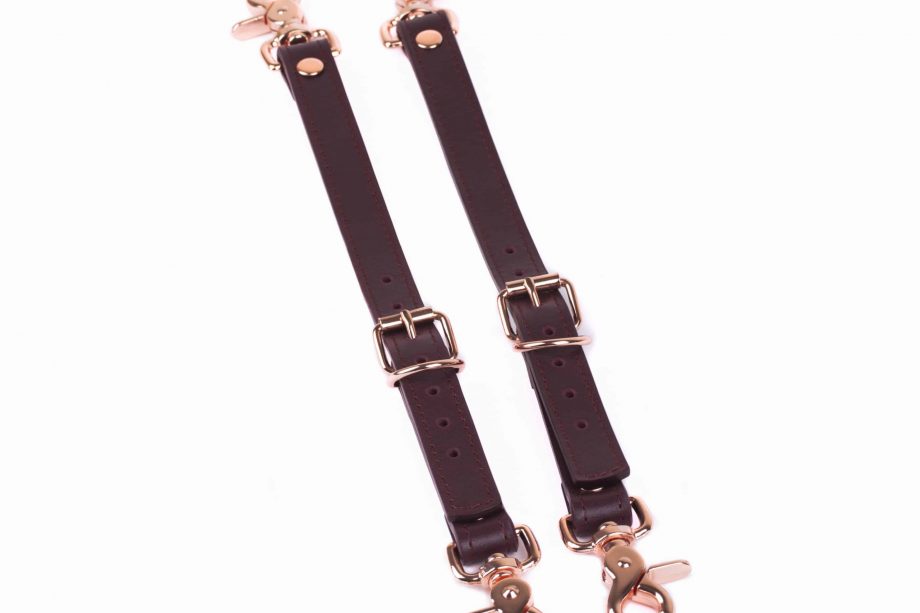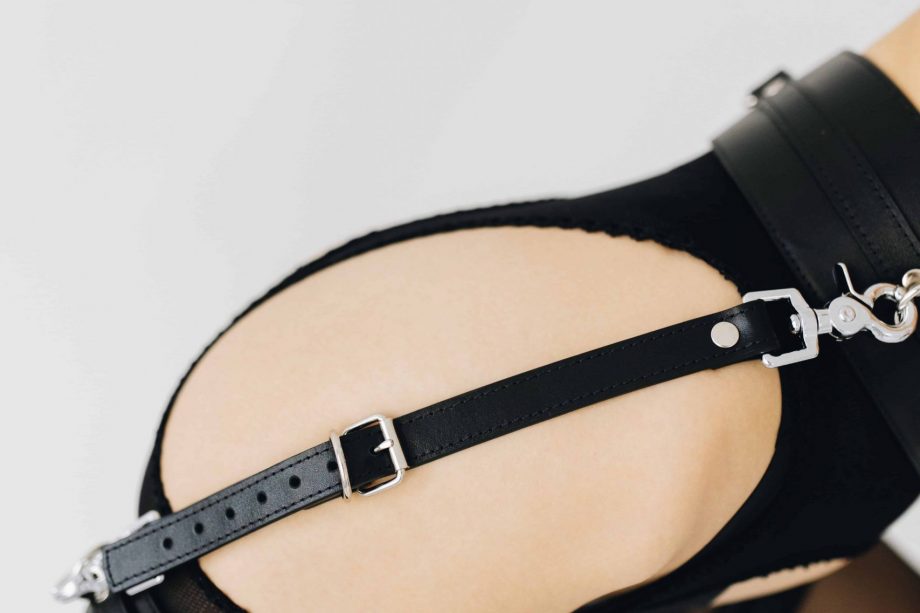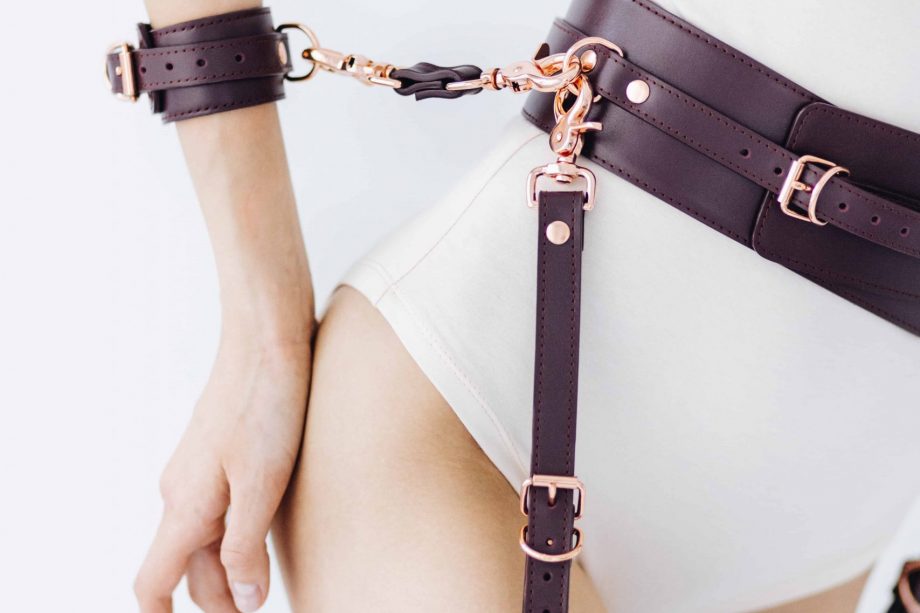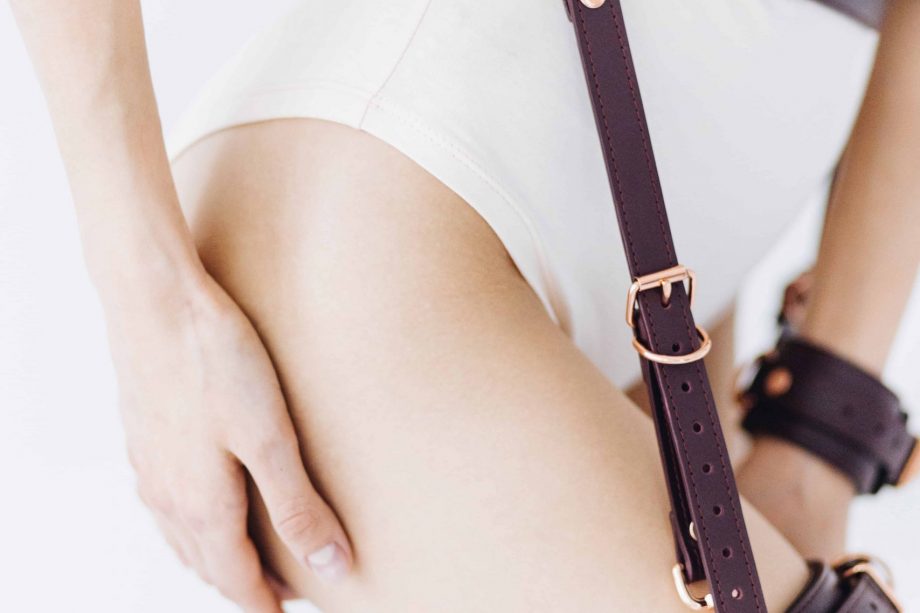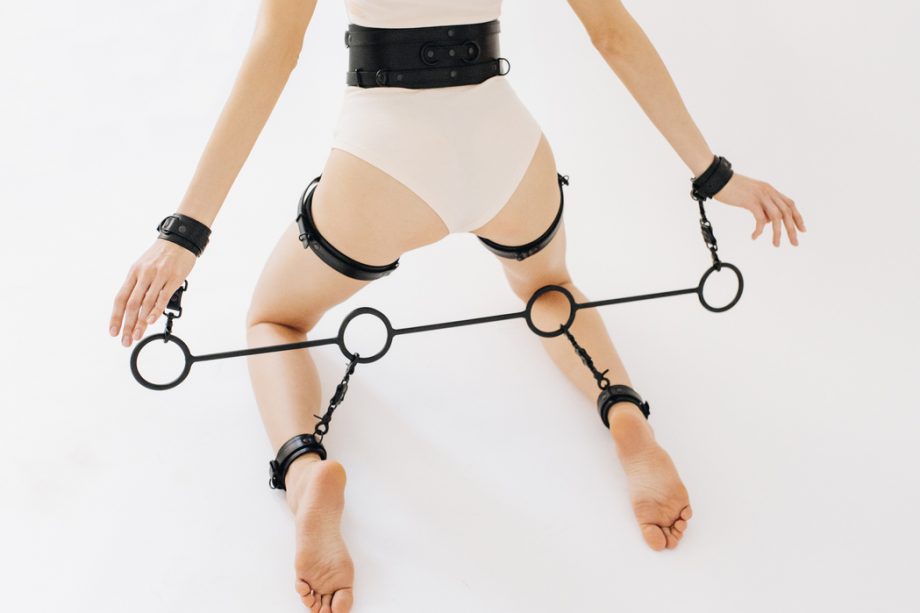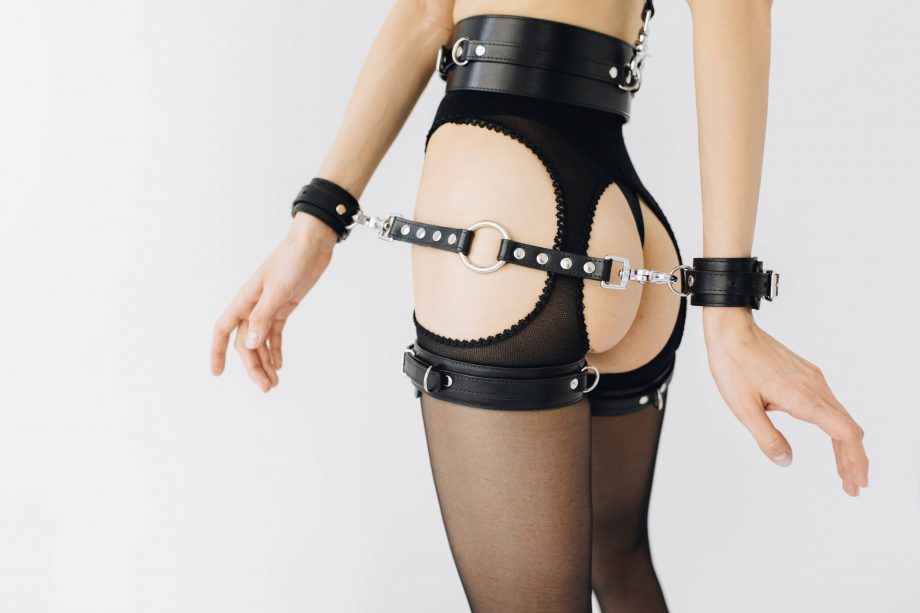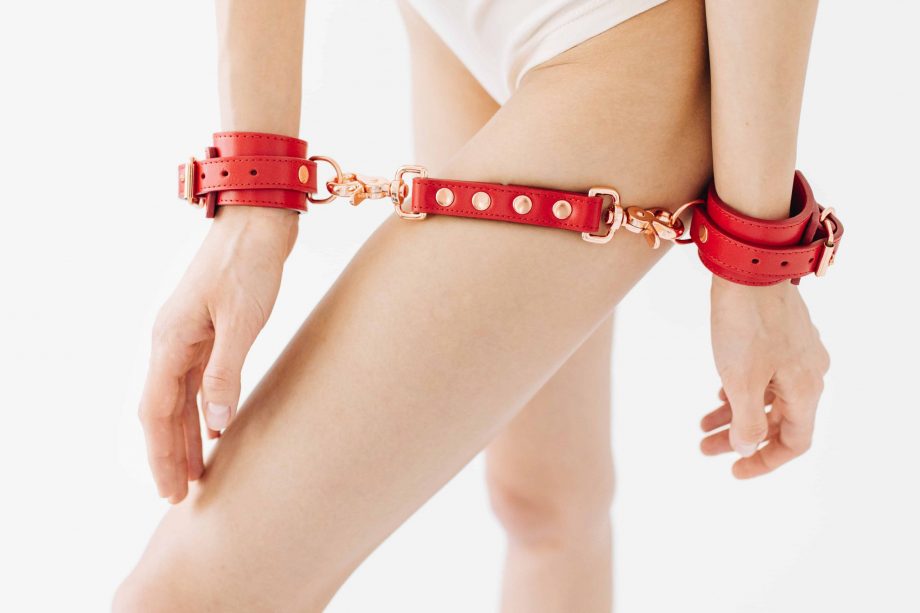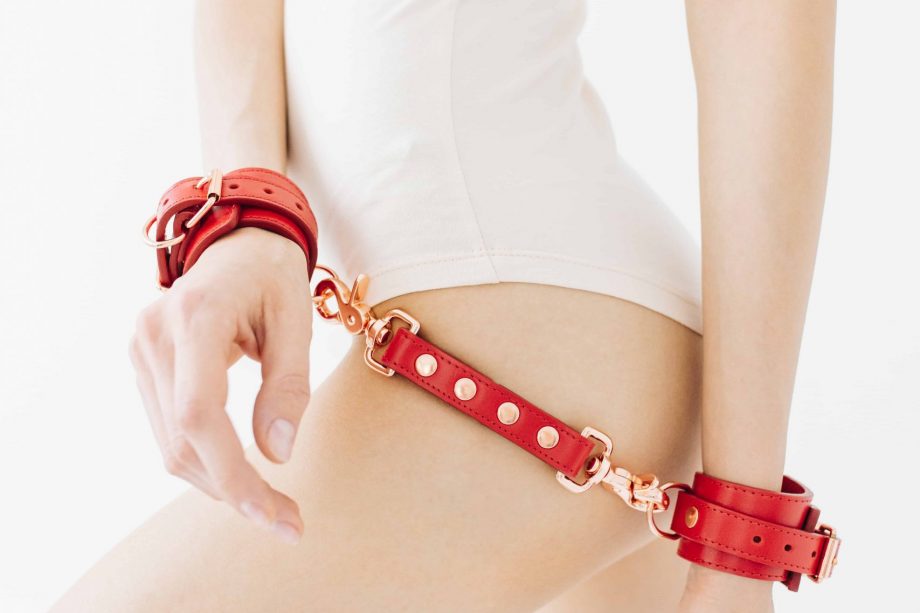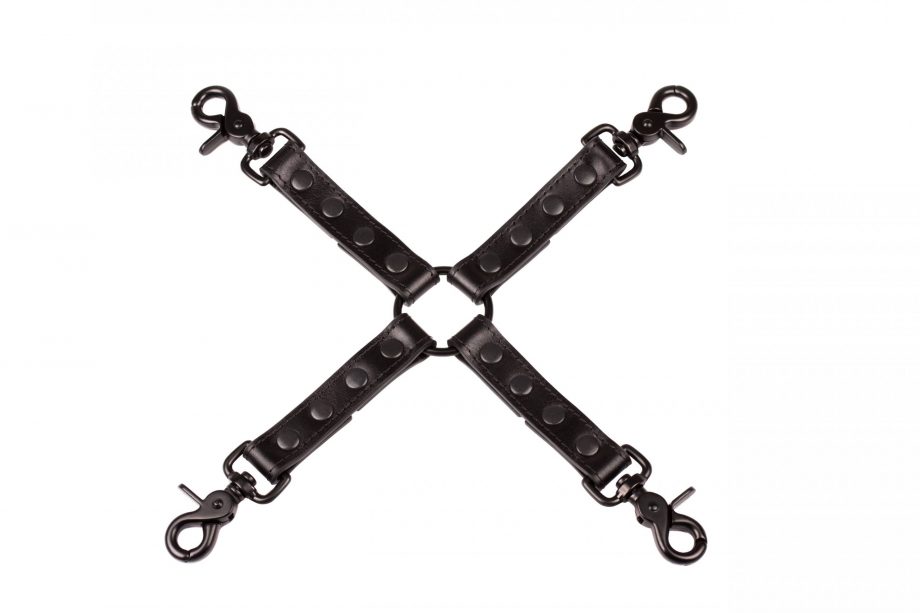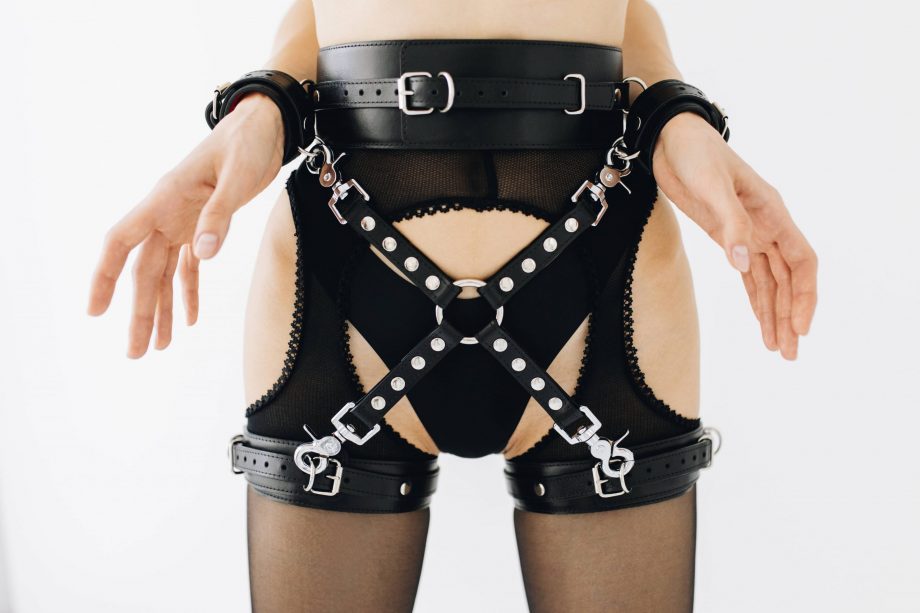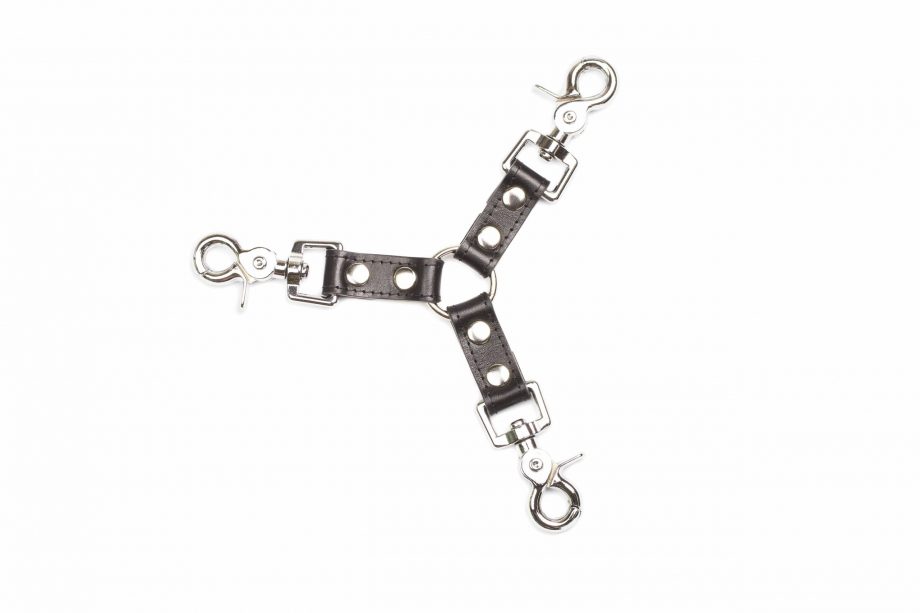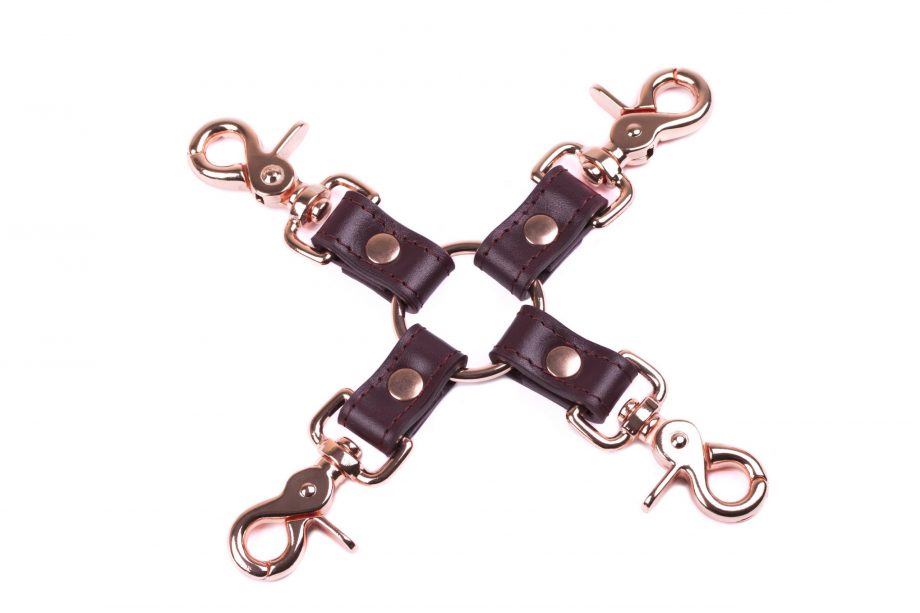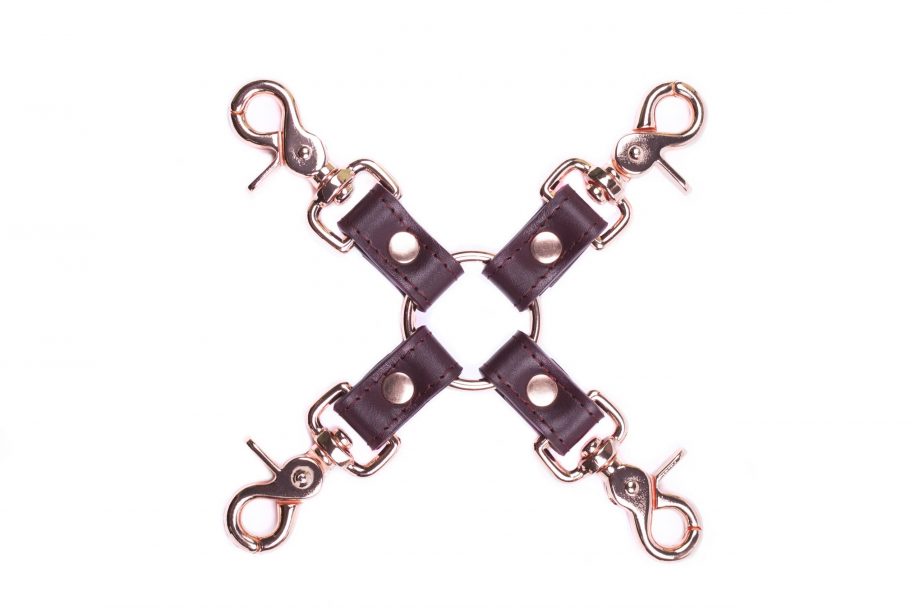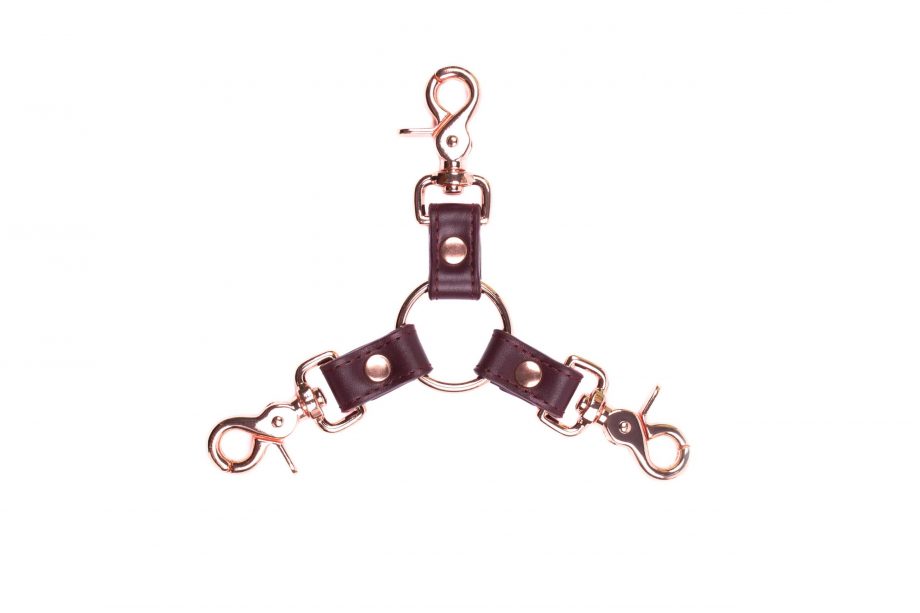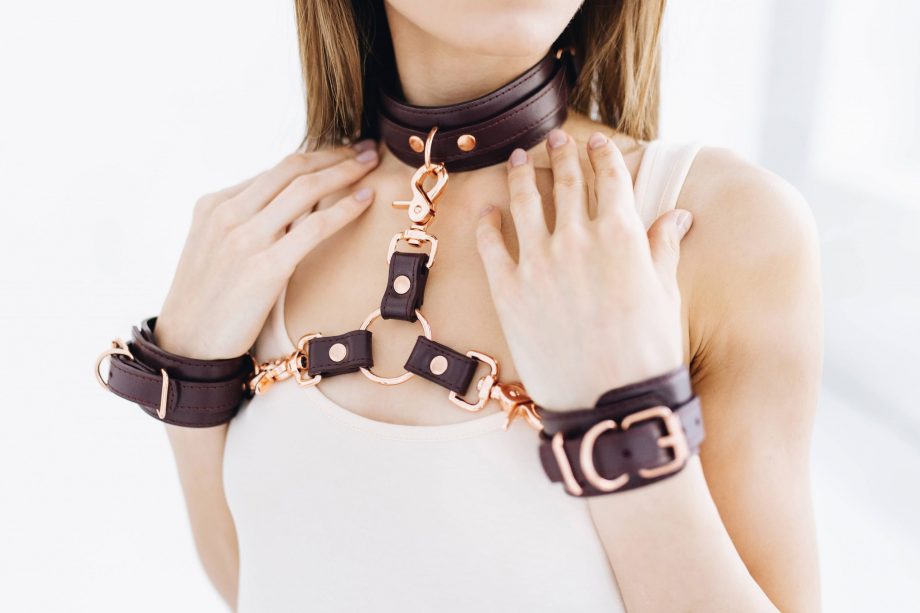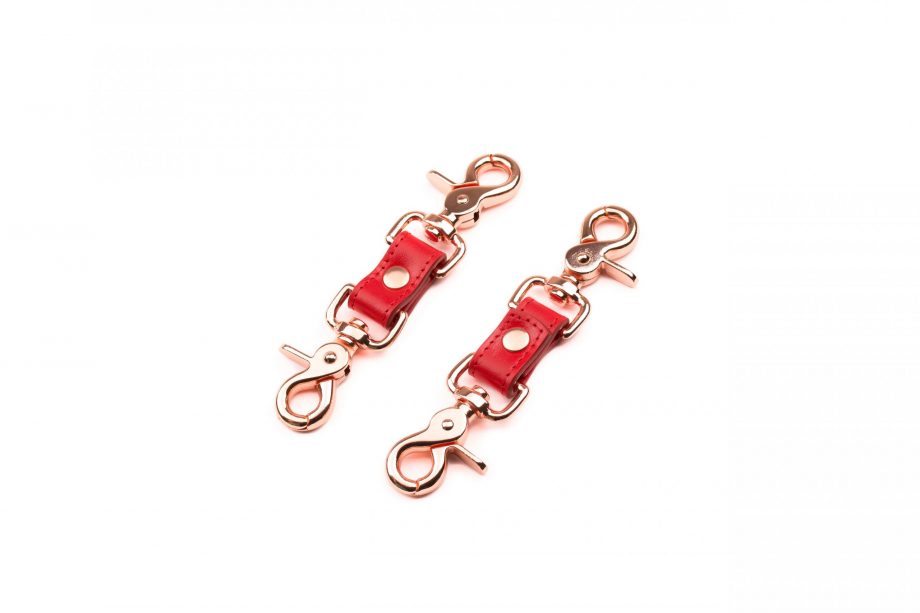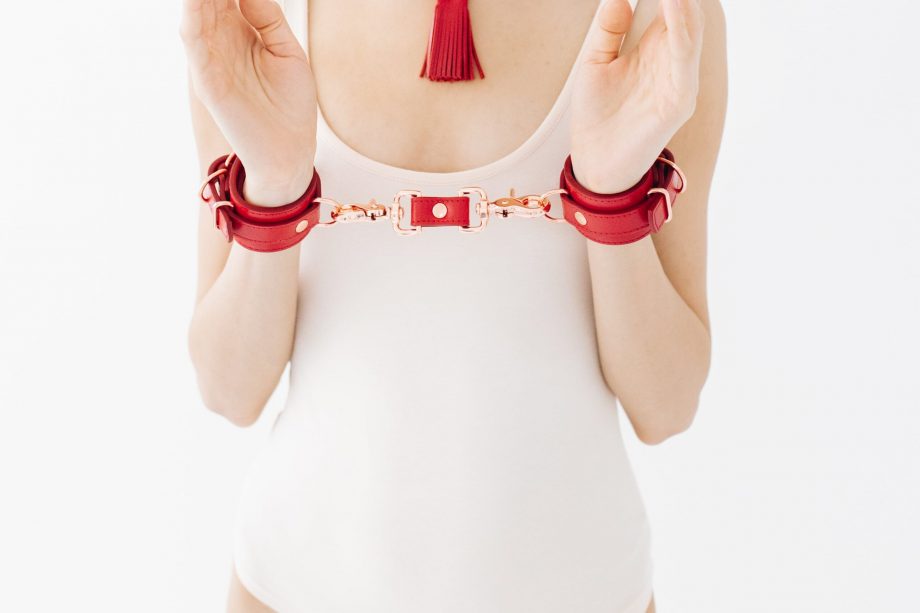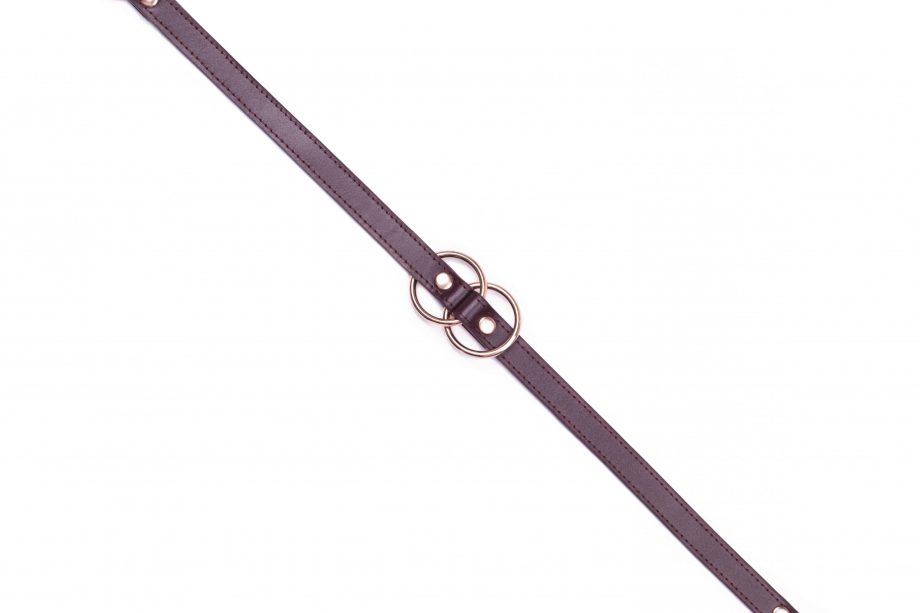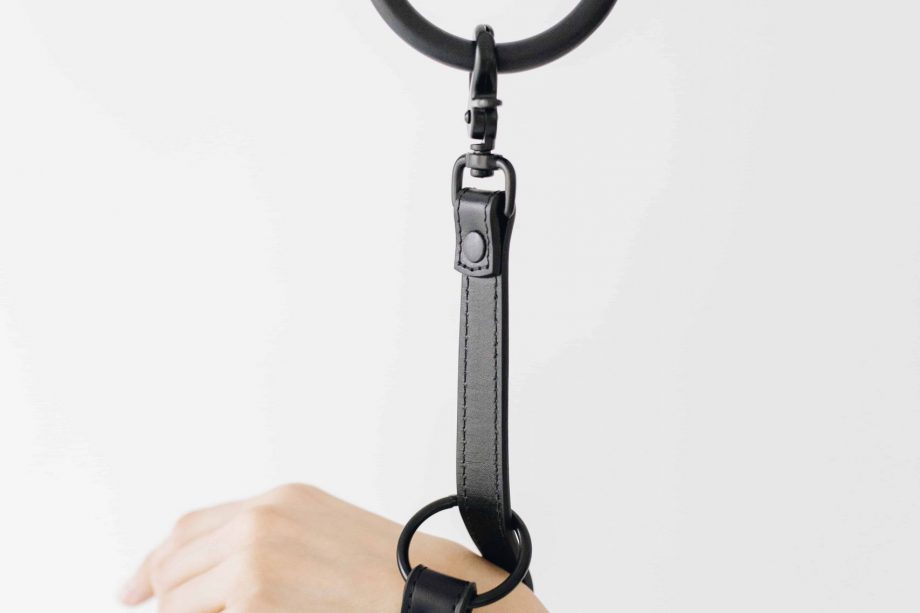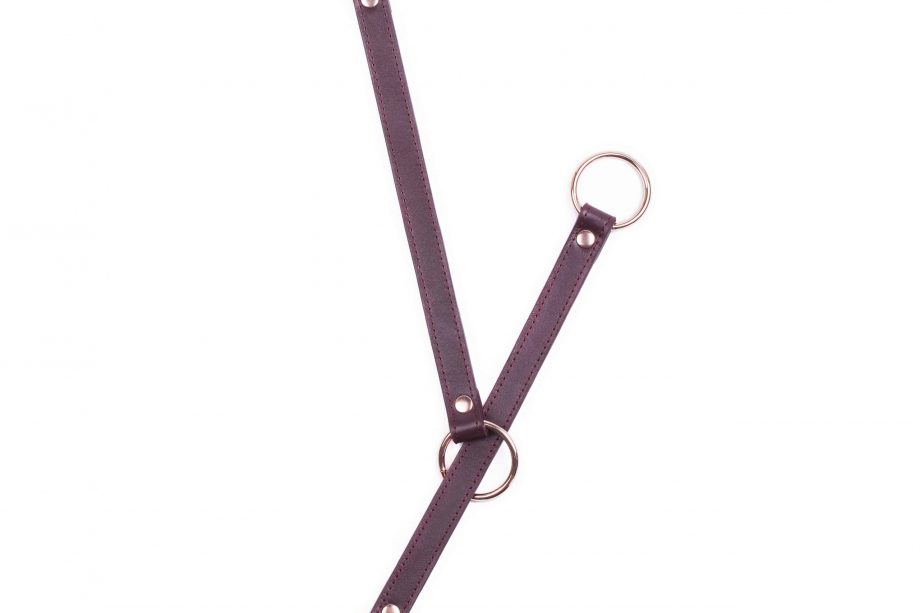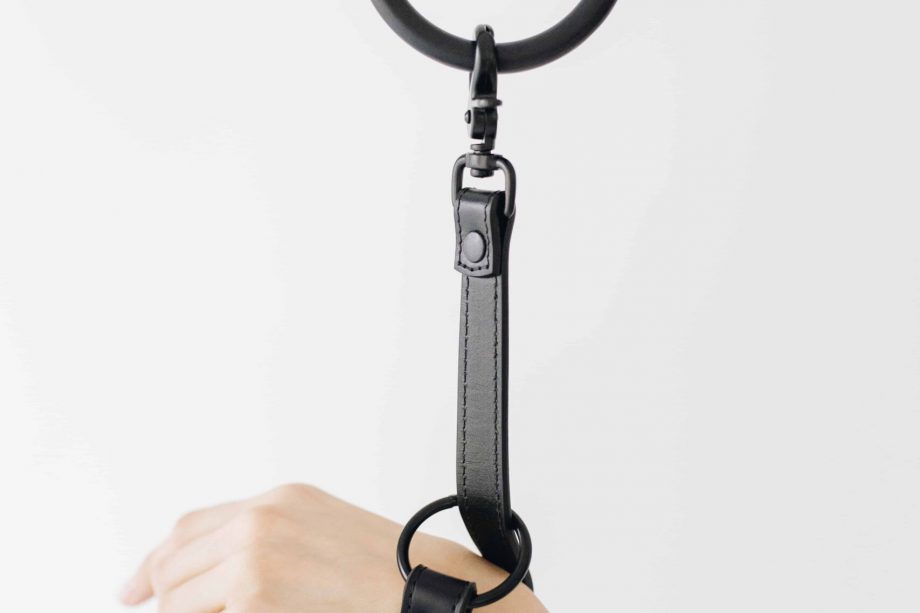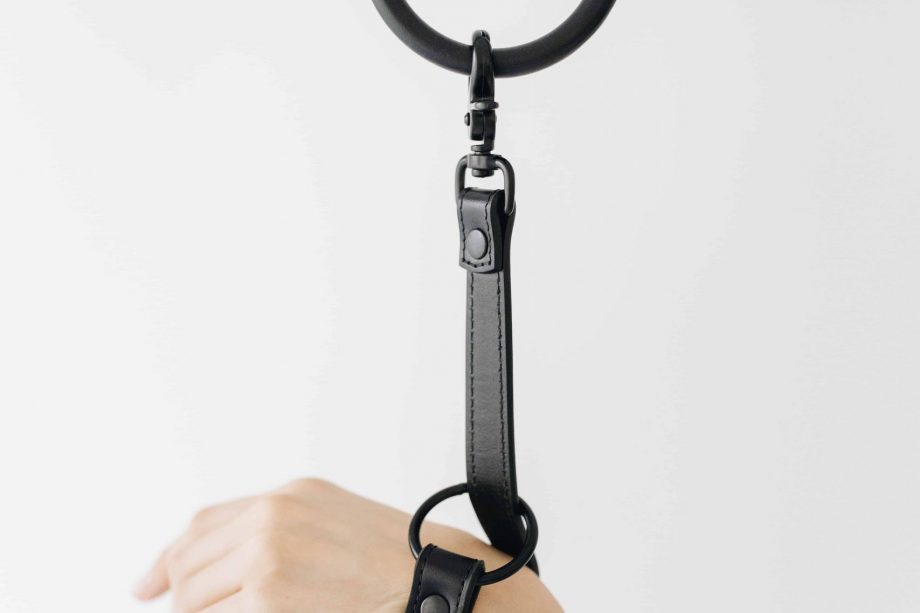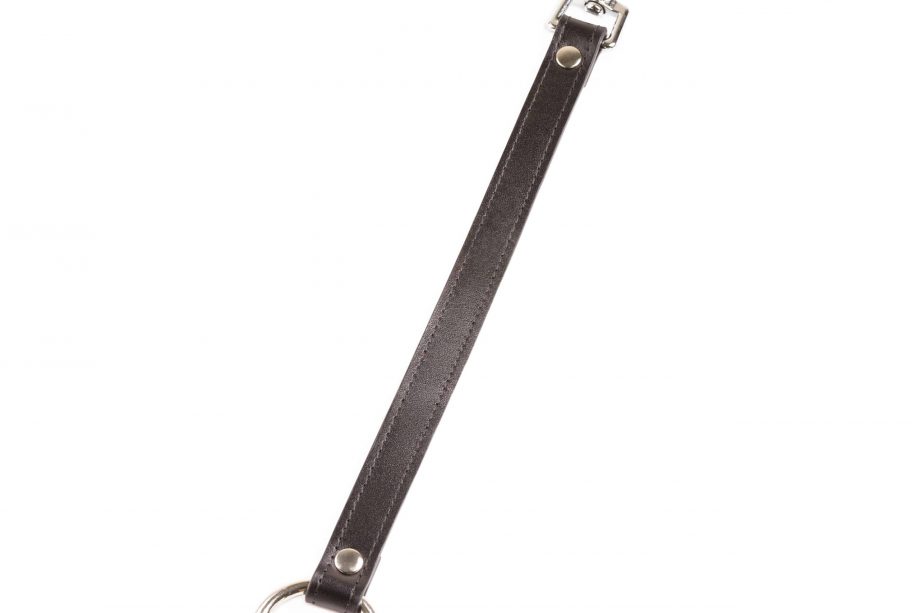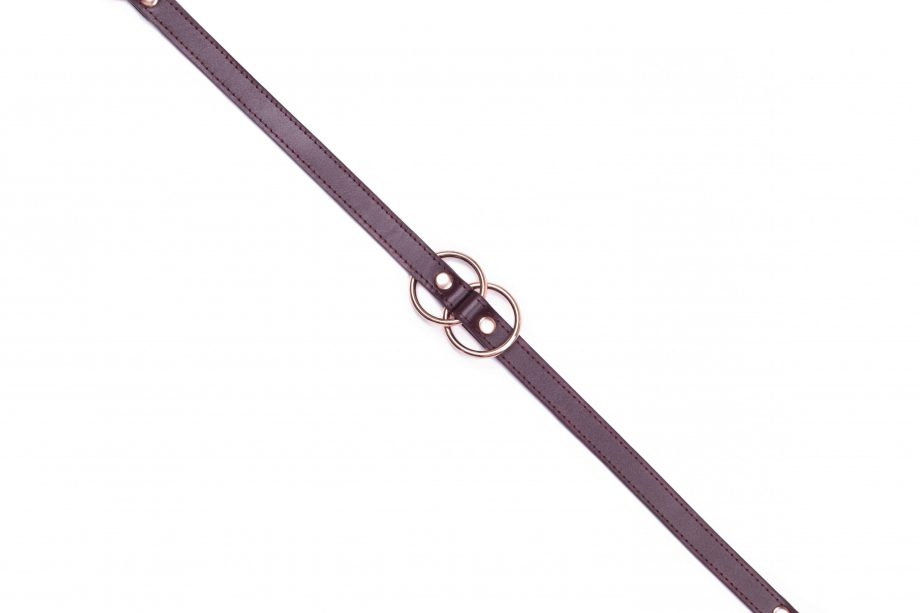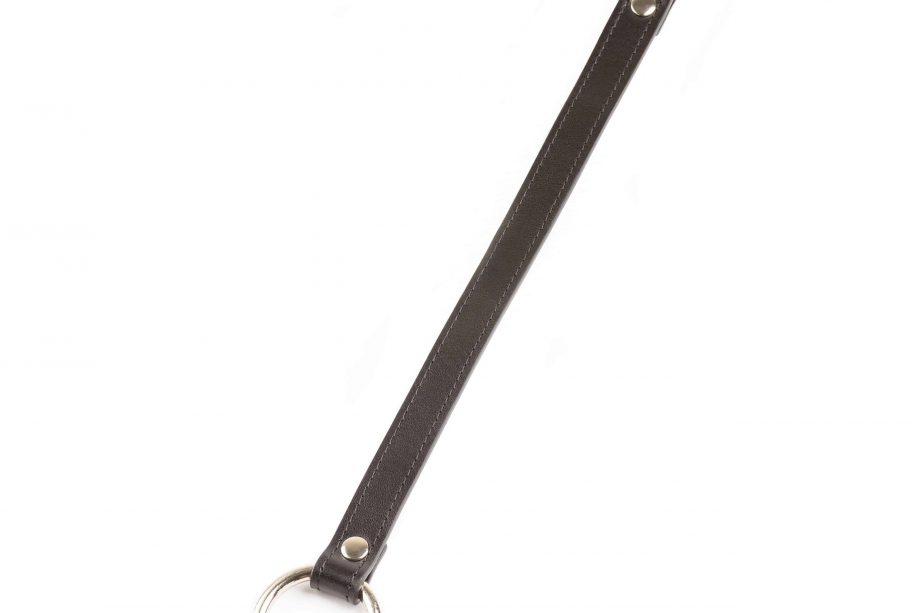Your cart is currently empty!
BDSM Fixation
Showing all 16 results
-
Sale!
BDSM Leather Garter
$45.54 – $61.00 -
Sale!
BDSM Leather Garter (30 cm, 11.81 inch) – pair
$65.08Original price was: $65.08.$63.00Current price is: $63.00. -
Sale!
BDSM Leather Garter (40 cm, 15.74 inch) – pair
$66.22Original price was: $66.22.$63.00Current price is: $63.00. -
Sale!
BDSM Leather Long Double Fixation with O-ring
$34.08Original price was: $34.08.$32.00Current price is: $32.00. -
Sale!
BDSM Leather Medium Length Double Fixation
$24.14Original price was: $24.14.$23.00Current price is: $23.00. -
Sale!
BDSM Leather Medium length Quadruple Fixation, Hogtie
$50.96Original price was: $50.96.$47.00Current price is: $47.00. -
Sale!
BDSM Leather Medium Length Triple Fixation with O-Ring
$40.52Original price was: $40.52.$38.00Current price is: $38.00. -
Sale!
BDSM Leather Short Quadruple Fixation, Hogtie
$47.20Original price was: $47.20.$43.00Current price is: $43.00. -
Sale!
BDSM Leather Short Triple Fixation with O-Ring
$37.70Original price was: $37.70.$36.00Current price is: $36.00. -
Sale!
BDSM Short Leather Double Fixation
$23.20Original price was: $23.20.$22.00Current price is: $22.00. -
Sale!
BDSM Universal Leather Strap with Ring and Carabiner (35 cm)
$22.50Original price was: $22.50.$21.00Current price is: $21.00. -
Sale!
BDSM Universal Leather Strap with Ring and Carabiner (50 cm)
$25.37Original price was: $25.37.$24.00Current price is: $24.00. -
Sale!
BDSM Universal Leather Strap with Ring and Carabiner (65 cm)
$26.76Original price was: $26.76.$25.00Current price is: $25.00. -
Sale!
BDSM Universal Leather Strap with Two Rings (35 cm)
$24.27Original price was: $24.27.$23.00Current price is: $23.00. -
Sale!
BDSM Universal Leather Strap with Two Rings (50 cm)
$27.14Original price was: $27.14.$26.00Current price is: $26.00. -
Sale!
BDSM Universal Leather Strap with Two Rings (65 cm)
$28.01Original price was: $28.01.$27.00Current price is: $27.00.

